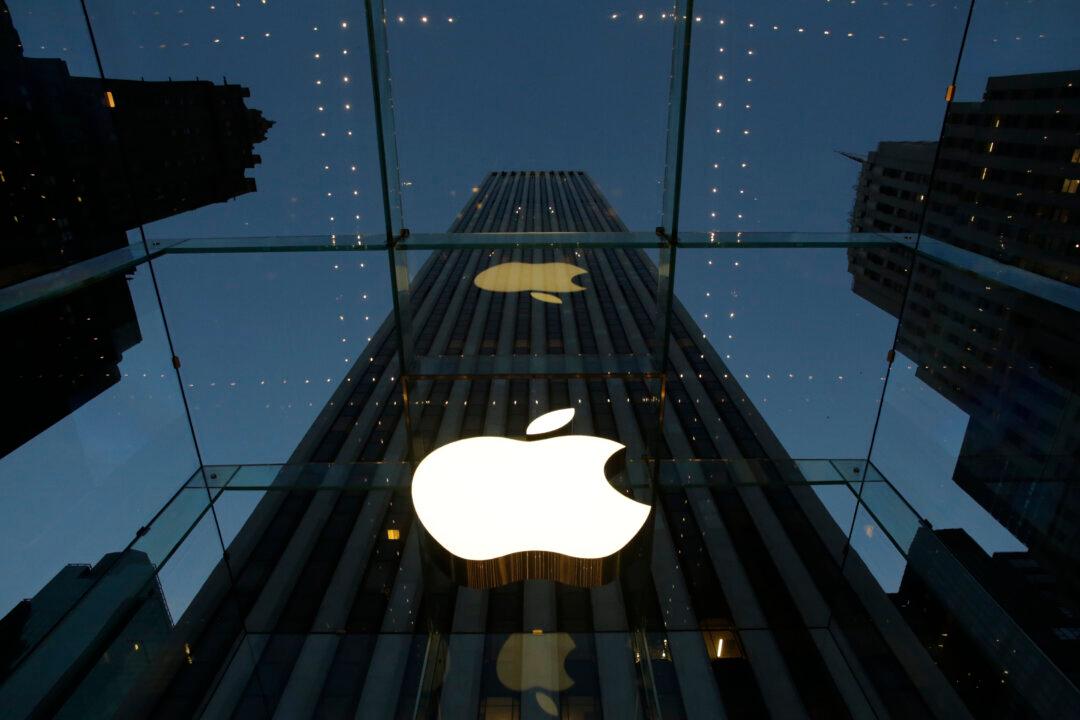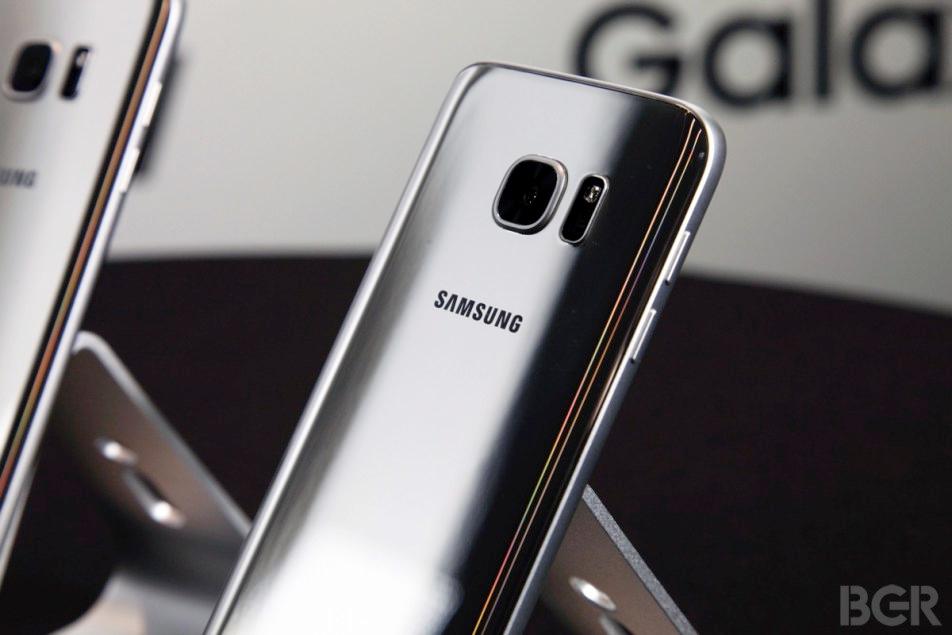Since launching the first iPhone back in 2007, Apple has always focused on offering high-end mobile experience, even if that meant losing the market share battle against Google’s Android. Many people kept asking for cheaper new iPhones that would compete in the entry- to mid-range smartphone business, ignoring the fact that Apple kept around older iPhones in its lineup that became more affordable as time went by.
Fast forward to the iPhone 6s, and Apple still doesn’t have cheap iPhones to take on Google, but it’s still selling more iPhones than ever before. Furthermore, it’s probably clear more than ever that Apple doesn’t even need to be focusing on making cheaper iPhones, as it’s got a different plan for killing affordable Android devices.
DON'T MISS: MIT scientists can see through walls and identify people with new wireless device
Talking to investors earlier this week during its quarterly earnings call, Apple shared more details about iPhone sales and its iPhone Upgrade Program that was introduced during the iPhone 6s launch event.
The program lets users purchase an unsubsidized, unlocked, AppleCare-protected iPhone in installments, essentially reducing the upfront cost of the iPhone to $0. The iPhone is still expensive, but buyers might be more likely to buy one and pay for it over time in equal interest-free payments.
That move will make the iPhone appear even more affordable to smartphone buyers, and carriers have definitely been helping with that. And Apple is fully aware of that. In fact, the company wants to expand the reach of the iPhone Upgrade Program in the future.
Asked whether there will come a time when interested buyers will not have to go to an Apple retail store in the U.S. or other countries to take advantage of the program, Tim Cook said that over time “we'd love to have that automated, working with our partners with service providers,” suggesting the program will expand in scope. The program might even expand to other countries though Cook did not really commit to anything in his responses. He did, however, acknowledge that the U.S. mobile landscape offers plenty of choice when it comes to affordable upgrade plans compared to other regions of the world.
“[Upgrade plans are] not as pervasive [in other markets] as they are in the U.S., but it seems like we’re on the front end of a fairly major trend in the industry,” Cool said.




